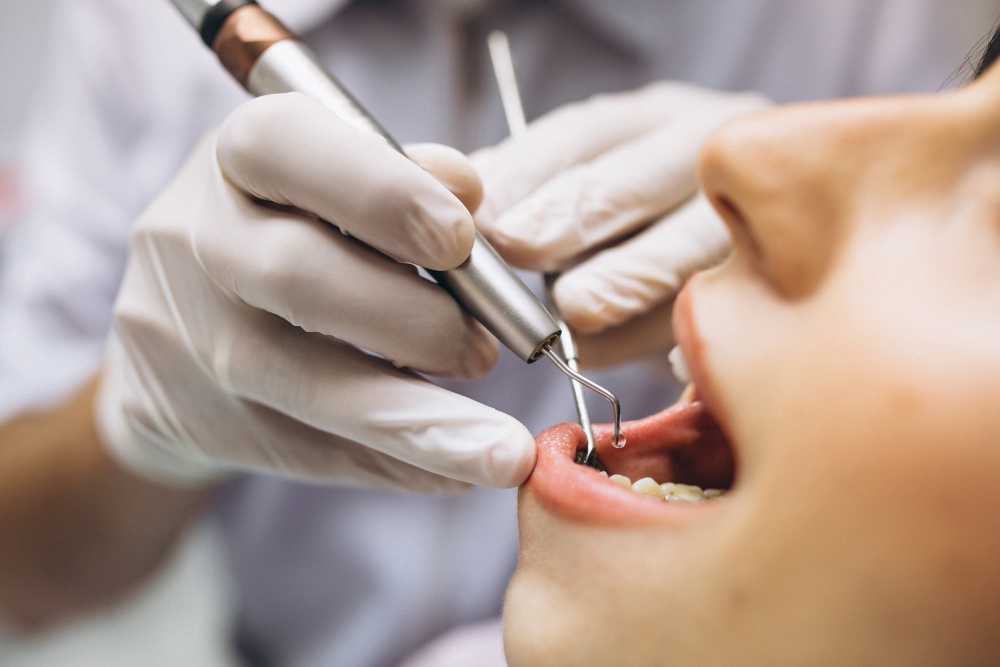Understanding how long a dental implant procedure takes can help you plan and make informed decisions about your oral health. In this comprehensive guide, we will explore the various stages involved in a dental implant procedure and provide insights into the factors that can influence the overall timeline.
Initial Consultation and Treatment Planning Timeline:
The first step in the dental implant process is the initial consultation and treatment planning phase. During this visit, your dentist will evaluate your oral health, assess the condition of your gums and jawbone, and determine if you are a suitable candidate for dental implants. This stage typically involves taking X-rays, conducting a thorough examination, and discussing your treatment goals and expectations. The duration of the initial consultation can vary, but it usually takes about an hour to complete.
Preparatory Procedures Timeline(if necessary):
In some cases, preparatory procedures may be required before the dental implant surgery. These procedures aim to ensure optimal conditions for the successful placement of implants. Common preparatory procedures include bone grafting, sinus lift, or extraction of damaged teeth. The need for these procedures depends on individual factors such as bone density and overall oral health. Preparatory procedures may add several weeks or months to the overall treatment timeline.
Dental Implant Surgery Timeline:
Dental implant surgery is the main procedure where the implants are placed into the jawbone. The duration of this surgery depends on various factors, including the number of implants being placed and the complexity of your case. On average, a single dental implant placement can take about 30 minutes to an hour. For multiple implants or more complex cases, the surgery may extend to two or three hours. The procedure is typically performed under local anesthesia to ensure your comfort.
Healing and Osseointegration Timeline:
After the dental implant surgery, a healing period is required for the implants to integrate with the jawbone in a process called osseointegration. This phase is crucial for the stability and long-term success of the implants. The duration of healing and osseointegration can vary from person to person but typically lasts three to six months. During this time, it’s essential to follow your dentist’s post-operative instructions, maintain good oral hygiene, and attend regular follow-up appointments to monitor the healing process.
Abutment Placement and Restoration Timeline:
Once osseointegration is complete, the next step is to attach an abutment to the dental implant. The abutment serves as a connector between the implant and the final restoration, such as a dental crown or a bridge. The placement of the abutment is a relatively quick procedure, usually taking around 30 minutes. Afterward, impressions or digital scans of your teeth are taken to create a custom-made restoration that matches the color, shape, and size of your natural teeth. The fabrication of the restoration by a dental lab typically takes a couple of weeks.
Final Restoration Placement Timeline:
The final step of the dental implant procedure is the placement of the custom-made restoration onto the abutment. Your dentist will ensure that the restoration fits properly and blends seamlessly with your natural teeth. The process of placing and adjusting the final restoration can take one to two hours, depending on the complexity of the case and the number of restorations involved.
The timeline for a dental implant procedure can vary based on individual circumstances and the specific treatment plan. The overall process typically involves an initial consultation, preparatory procedures (if needed), dental implant surgery, healing and osseointegration, abutment placement, and the final restoration placement. On average, the entire procedure can take anywhere from several months to a year, depending on the complexity of the case and the healing process. It’s important to consult with an experienced implant dentist who can provide a more accurate estimate based on your unique situation.
By understanding the timeline and following your dentist’s instructions, you can achieve a beautiful and functional smile that lasts for years to come.





